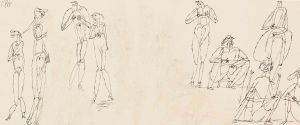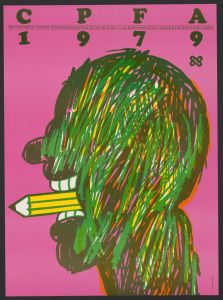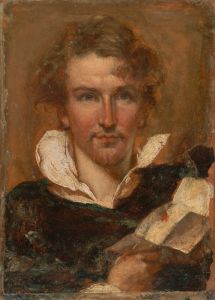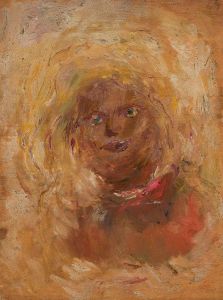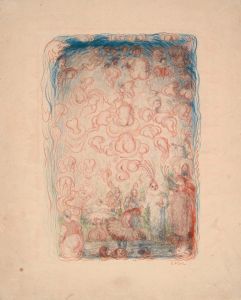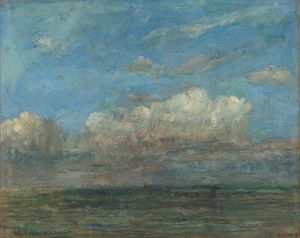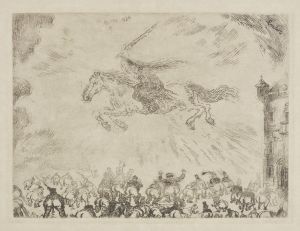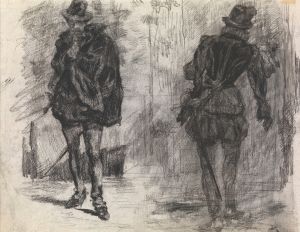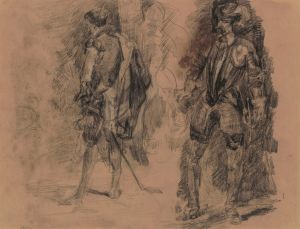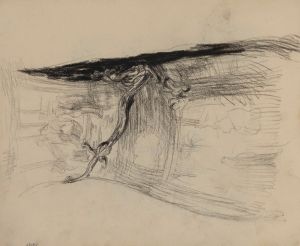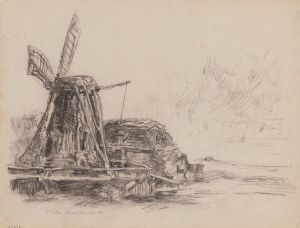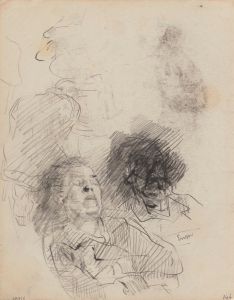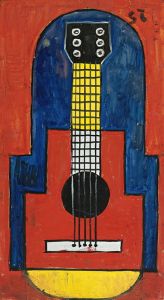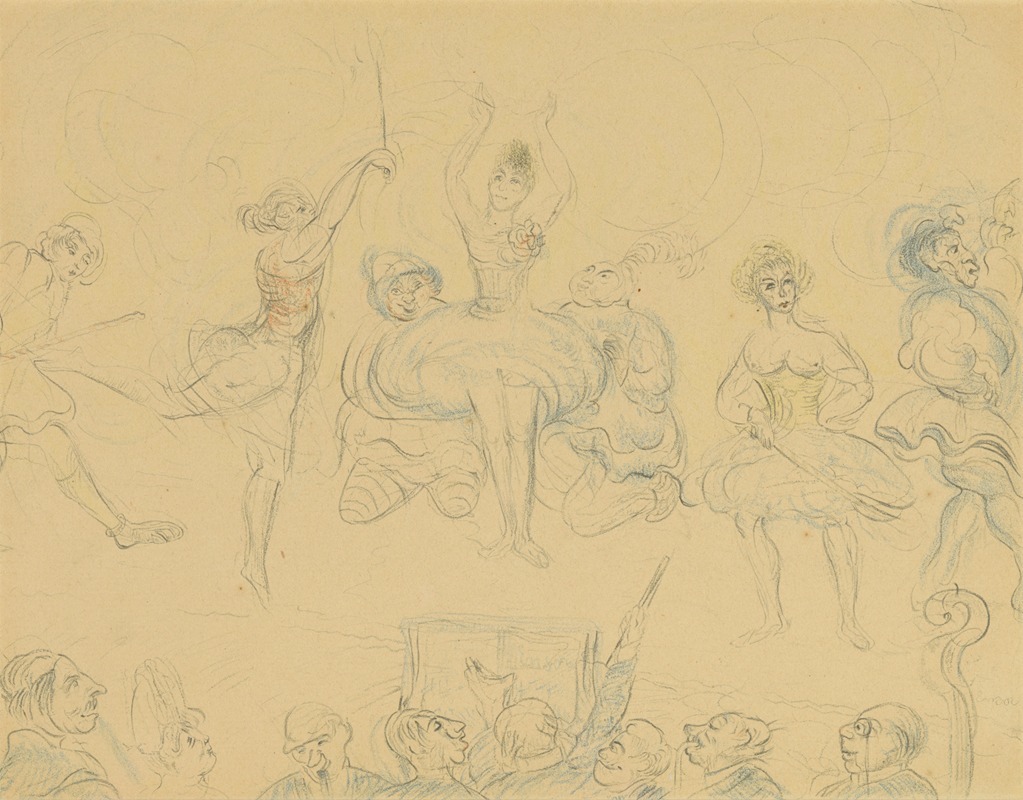
Ballet
A hand-painted replica of James Ensor’s masterpiece Ballet, meticulously crafted by professional artists to capture the true essence of the original. Each piece is created with museum-quality canvas and rare mineral pigments, carefully painted by experienced artists with delicate brushstrokes and rich, layered colors to perfectly recreate the texture of the original artwork. Unlike machine-printed reproductions, this hand-painted version brings the painting to life, infused with the artist’s emotions and skill in every stroke. Whether for personal collection or home decoration, it instantly elevates the artistic atmosphere of any space.
James Ensor, a Belgian painter and printmaker, is known for his unique and often eccentric style that combines elements of symbolism, expressionism, and surrealism. One of his lesser-known works is "Ballet," a painting that reflects his distinctive approach to art and his fascination with theatrical and fantastical themes.
James Ensor was born in 1860 in Ostend, Belgium, and spent most of his life there. He was a prominent figure in the Belgian avant-garde movement and was associated with the group Les XX, which included other notable artists who sought to challenge the traditional art norms of the time. Ensor's work often features grotesque imagery, masks, and skeletons, which he used to explore themes of mortality, identity, and the absurdity of human existence.
"Ballet" by James Ensor is a painting that captures the whimsical and surreal aspects of a ballet performance. While specific details about the painting's creation and its current location are not widely documented, it is consistent with Ensor's broader body of work, which frequently depicted scenes of public entertainment and spectacle. Ensor had a keen interest in the theater and often attended performances, which served as inspiration for many of his works.
The painting likely features dancers in elaborate costumes, possibly wearing masks, a common motif in Ensor's art. Masks in Ensor's work often symbolize the hidden aspects of human nature and the duality of appearance versus reality. The use of vibrant colors and dynamic composition in "Ballet" would be typical of Ensor's style, which often employed bold, expressive brushstrokes and a vivid palette to convey emotion and movement.
Ensor's fascination with the macabre and the theatrical is evident in many of his paintings, and "Ballet" would be no exception. His works often blur the line between reality and fantasy, inviting viewers to question the nature of the scenes depicted. This approach aligns with the broader trends in late 19th and early 20th-century art, where artists increasingly sought to explore the subconscious and the irrational.
While "Ballet" may not be as widely recognized as some of Ensor's other works, such as "The Entry of Christ into Brussels in 1889," it nonetheless contributes to our understanding of his artistic vision and thematic interests. Ensor's legacy as a pioneer of modern art is marked by his ability to blend humor, horror, and beauty, creating works that continue to captivate and intrigue audiences.
In summary, "Ballet" by James Ensor is a reflection of the artist's fascination with performance and the theatrical, rendered in his characteristic style that combines elements of the grotesque and the fantastical. Although specific details about the painting are limited, it remains an integral part of Ensor's oeuvre, illustrating his unique approach to exploring the complexities of human experience through art.





